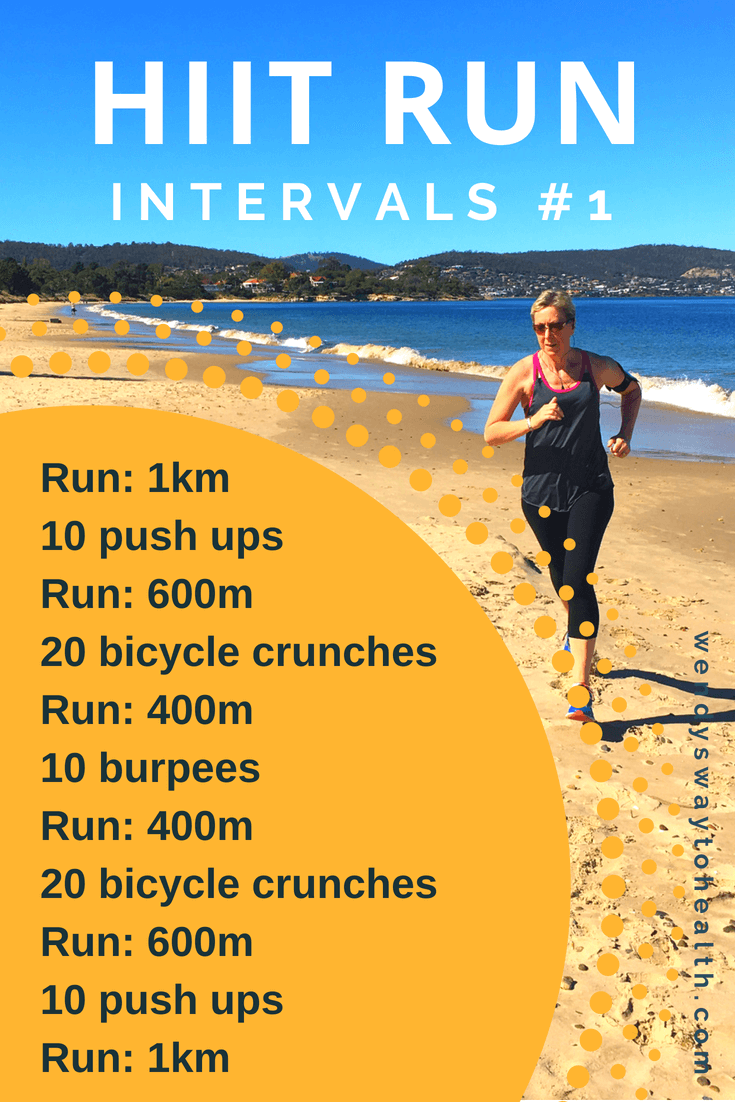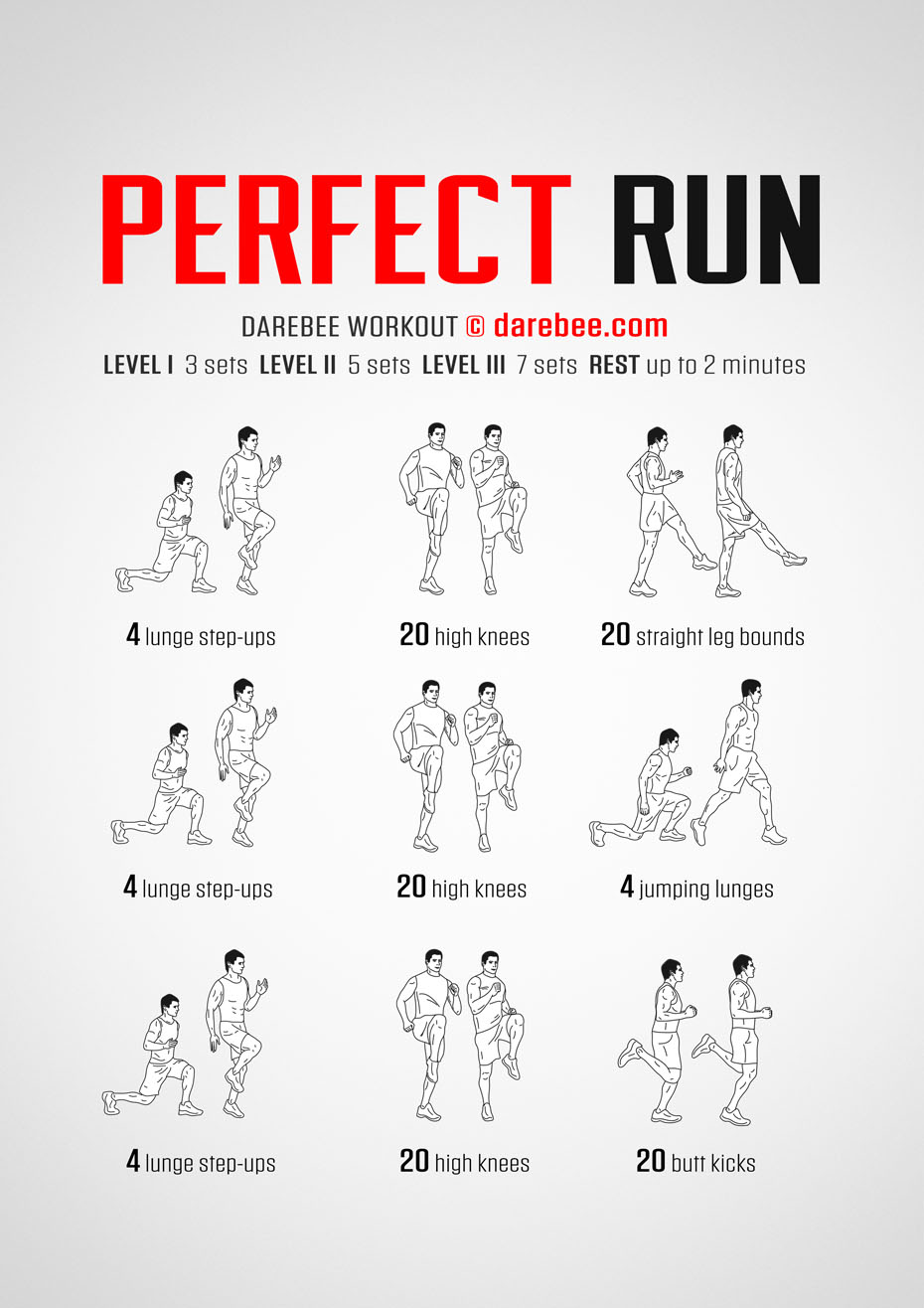Running Workout Techniques: Strategies to Enhance Endurance and Speed
Running Workout Techniques: Strategies to Enhance Endurance and Speed
Blog Article
Handling Typical Running Discomforts: Reasons, Solutions, and Avoidance
As joggers, we often experience different pains that can impede our performance and pleasure of this physical activity. By checking out the root reasons for these running pains, we can uncover targeted services and preventative steps to make certain a smoother and extra fulfilling running experience.
Usual Running Discomfort: Shin Splints
Shin splints, a common running discomfort, commonly result from overuse or incorrect shoes throughout physical activity. The recurring anxiety on the shinbone and the tissues affixing the muscle mass to the bone leads to swelling and pain.
To avoid shin splints, individuals should slowly raise the intensity of their exercises, put on appropriate footwear with correct arch assistance, and maintain versatility and toughness in the muscles surrounding the shin. If shin splints do happen, first treatment involves rest, ice, compression, and altitude (RICE) In addition, incorporating low-impact activities like swimming or cycling can assist keep cardio fitness while enabling the shins to heal. Consistent or extreme instances might require medical assessment and physical treatment for efficient monitoring.
Typical Running Pain: IT Band Syndrome
Along with shin splints, another prevalent running pain that professional athletes usually run into is IT Band Disorder, a problem brought on by inflammation of the iliotibial band that runs along the outer upper leg and knee. IT Band Disorder usually materializes as pain outside of the knee, specifically throughout activities like running or cycling. The iliotibial band is a thick band of fascia that attaches the aware of the shin, and when it ends up being irritated or tight, it can massage versus the upper leg bone, bring about pain and pain.
Runners experiencing IT Band Disorder may discover a painful or hurting sensation on the external knee, which can aggravate with continued task. Variables such as overuse, muscle mass imbalances, inappropriate running type, or inadequate workout can contribute to the development of this problem. To avoid and reduce IT Band Disorder, runners should concentrate on stretching and reinforcing exercises for the hips and upper legs, appropriate shoes, progressive training development, and attending to any biomechanical concerns that may be aggravating the issue. Ignoring the signs of IT Band Syndrome can cause chronic problems and long term healing times, stressing the significance of very early intervention and correct management methods.
Typical Running Discomfort: Plantar Fasciitis

Plantar Fasciitis can be connected to numerous factors such as overtraining, improper footwear, running on hard surfaces, or having high arches or flat feet. To avoid and ease Plantar Fasciitis, joggers can include extending workouts for the calf bones and plantar fascia, use helpful footwear, preserve a healthy weight to decrease strain on the feet, and gradually enhance running intensity to avoid sudden stress on the plantar fascia. If symptoms linger, it is advised to get in touch with a medical care specialist for correct diagnosis and treatment options to address the problem properly.
Typical Running Pain: Runner's Knee
After addressing the obstacles of Plantar Fasciitis, an additional common issue that runners usually encounter is Runner's Knee, a common running discomfort that can impede athletic performance and cause discomfort during physical task. Runner's Knee, also recognized as patellofemoral discomfort syndrome, shows up as pain around or behind the kneecap. This condition is usually credited to overuse, muscle mass imbalances, inappropriate running methods, or problems with the positioning of the kneecap. Runners experiencing this discomfort may really feel a boring, aching discomfort while running, going up or down staircases, or link after prolonged durations of sitting. To stop Runner's Knee, it is crucial to include proper workout and cool-down routines, keep strong and well balanced leg muscles, put on appropriate shoes, and gradually boost running intensity. If signs persist, consulting from a health care specialist or a sports medication specialist is suggested to detect the underlying cause and establish a customized treatment strategy to alleviate the pain and protect against further issues.
Usual Running Pain: Achilles Tendonitis
Typically afflicting runners, Achilles Tendonitis is a painful condition that affects the Achilles tendon, triggering discomfort and prospective constraints in exercise. The Achilles ligament is a thick band of cells that attaches the calf bone muscles to the heel bone, important for activities like running, jumping, and walking - this website. Achilles Tendonitis often develops because of overuse, incorrect shoes, poor stretching, or sudden increases in physical activity
Signs And Symptoms of Achilles Tendonitis include pain and rigidity along the ligament, particularly in the morning or after durations of lack of exercise, swelling that intensifies with task, and possibly bone stimulates in chronic cases. To protect against Achilles Tendonitis, it is crucial to extend correctly before and after running, put on suitable shoes with appropriate support, progressively boost the intensity of workout, and cross-train to decrease recurring anxiety on the tendon.
Verdict

Report this page